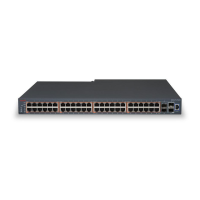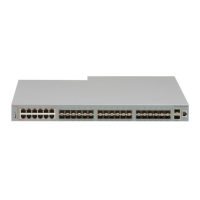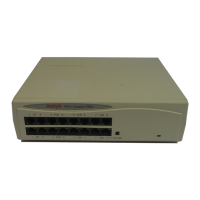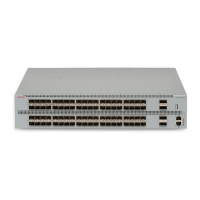Chapter 4: SFP
This chapter provides installation procedures and specifications for small form factor pluggable
(SFP) transceivers.
Use an SFP transceiver to connect a device motherboard to a fiber optic or unshielded twisted pair
network cable. The SFP transceivers described in this section provide Ethernet at 1 gigabit per
second (Gbps).
SFP transceiver
This section describes how to select and install small form factor pluggable (SFP) transceivers.
Use an SFP transceiver to connect a device motherboard to a fiber optic or unshielded twisted pair
network cable. The SFP transceivers described in this section provide Ethernet at 1 gigabit per
second (Gbps).
Selecting an SFP
Use an SFP transceiver to connect a device motherboard to a fiber optic or unshielded twisted pair
network cable. Select the appropriate transceiver to provide the required reach.
Procedure
1. Determine the required reach.
Depending on the product, SFP transceivers are available for cable distances of up to 100
meters (m), 550 m, 10 kilometers (km), 40 km, 70 km, and 120 km.
2. Determine the required media and connector type.
You need fiber optic cable for a reach over 100 m.
Possible media include CAT5, single mode fiber, and multimode fiber. Possible connectors
include LC, MT-RJ, and RJ-45.
3. If the media is optical fiber, determine wavelength restrictions or requirements.
To expand available bandwidth on a common optical fiber, use Coarse Wavelength Division
Multiplexing (CWDM) SFP transceivers.
4. Determine if you need digital diagnostic monitoring (DDM). DDM is enabled by default.
April 2016 Installing Transceivers and Optical Components on Avaya ERS 4900 and 5900
Series 19
Comments on this document? infodev@avaya.com

